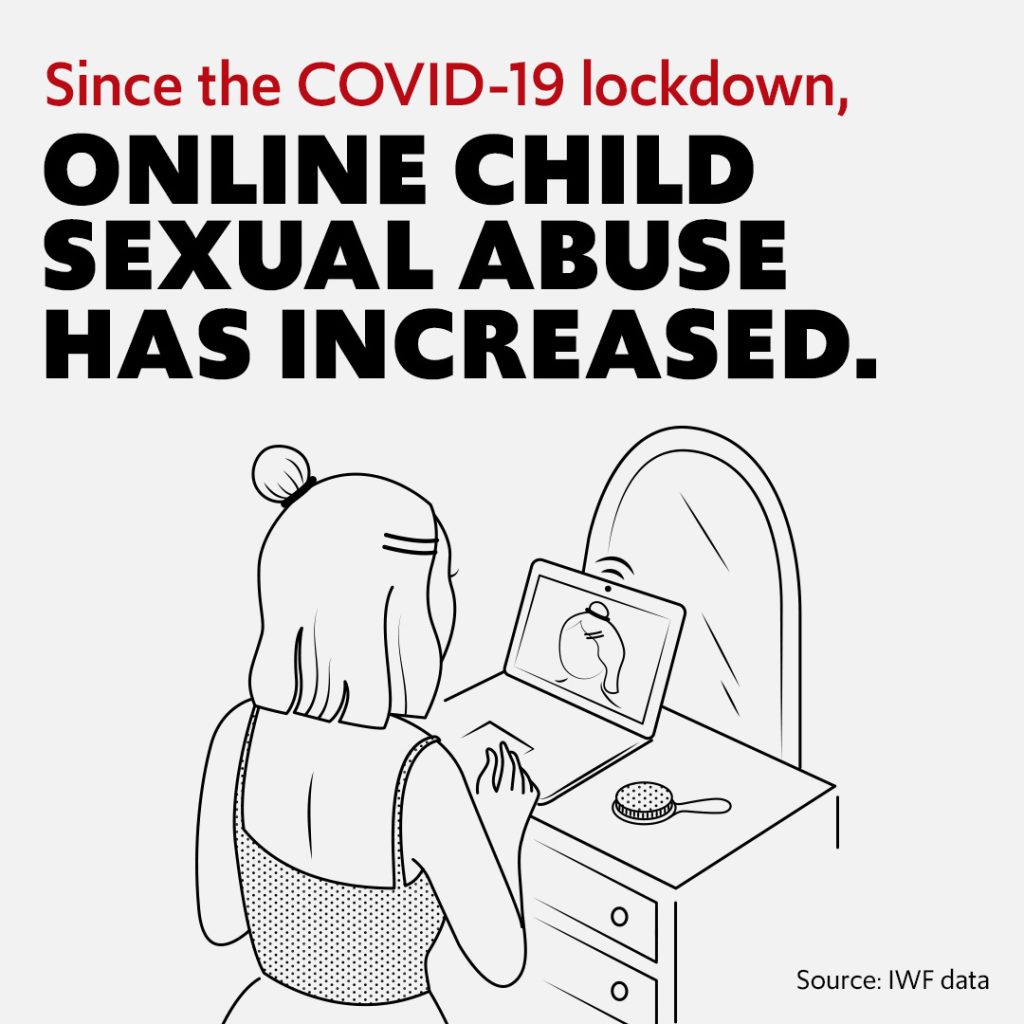TALK to your child about online sexual abuse. Start the conversation – and listen to their concerns.
AGREE to ground rules about the way you use technology as a family.
LEARN about the platforms and apps your child loves. Take an interest in their online life.
KNOW how to use tools, apps and settings that can help to keep your child safe online.





